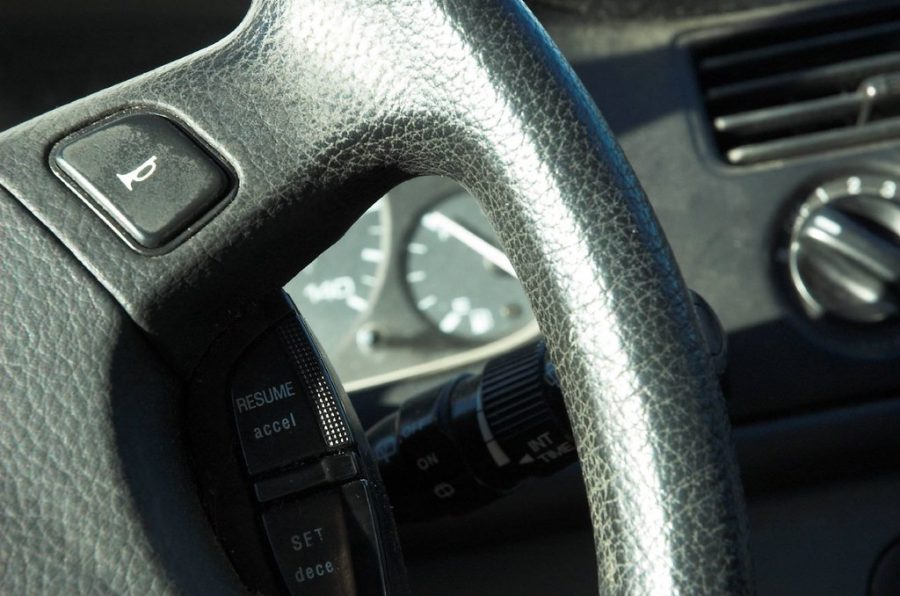Are teenagers really that bad of drivers?
A few weeks ago on FX, there was a segment included about teenage driving. Interestingly, the featured students were primarily juniors—most who had only had their license for a year or less. The juniors didn’t voice their opinion about the crampedness of the parking lot or show off their upgraded cars, though; rather, they confessed their experiences involving getting into accidents. From viewing the segment, I saw firsthand how risky teenage driving is and realized the extent to which I have downplayed how common accidents involving teenage drivers are.
An article on CBSNews included information from a study that found that teens aged sixteen to twenty have more fatalie, injuries, and property-damaging accidents than every other age group. This is intriguing because the skills taught in driver’s ed are fresher in younger drivers’ minds rather than older drivers’, and teenage drivers are relatively more safety-cautious because they lack confidence behind the wheel. So, you’d think that wouldn’t be the case. The article states that the cause of teenage accidents is due to inattention to safety considerations rather than lack of skill to operate a car or lack of knowledge of the rules of the road.
A post on insurance company Esurance’s blog expands upon this by including alarming statistics. The post states that although teen driving fatalities are down sixty-four percent since 1975, car crashes still remain the number-one killer of teens, and teen drivers aged sixteen to nineteen are four times more likely to be involved in an accident than older drivers. The article also explains that in 2010, slightly more than 3,000 people were killed and roughly 416,000 injured in accidents involving distracted drivers.
To provide some much-needed positive information after those depressing statistics, the blog post reassures that a decrease in drunk driving and an increase in the use of seatbelts among teens has occurred within the past ten years. It states that this research proves that teenagers acknowledge safety hazards and consider risk factors that accompany acts such as drunk driving. Further, it affirms that safer cars and graduated license programs have allowed for a ten-percent to thirty-percent decrease in teenage crash rates in the states that adopted tiered-licensing systems—such as Michigan.
Although I am a lucky sixteen year-old who has not been involved in an accident, I am more than aware that my driving habits are rather risky at times. Unfortunately, once the school year starts, my schedule is filled to its brim, and that leaves very little turnaround time between events. I am constantly rushing to the dance studio which takes me twenty minutes to get to in light traffic; therefore, it is understandable that I feel the need to drive as quickly as I can home from school so that I can provide myself with the most time possible to prepare myself properly for that night of dance.
But, I know that if I continue to rush everywhere, I will find myself among those teens who have experienced a car accident, and I do not desire for that to be my reality. The truth is I will be okay if I am five minutes late to my 4:00 ballet class because I maintained a Jungle Driving-car-length space throughout my entire drive down 28th Street, and I will be okay if I remain patient on Hall Street while waiting to turn left into the school parking lot rather than stepping on it and cutting off a parent. More often than not, issues or dilemmas appear to be detrimental but end up obtaining miniscule impact in the long run.
So I need to simply slow down—in life and in the car.

Morgan Mittlestadt is entering her second year on staff for The Central Trend. This year, she will be acting as a Social Media Manager for the site. She...

























































































